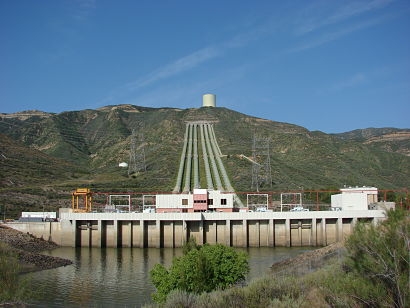
DBRS expect the level of intermittent renewable energy – particularly wind and solar – to continue to increase, as governments around the world target a greater share of their electricity supply from renewable sources. This increase in intermittent capacity has introduced new issues for electricity grid operators, requiring conventional energy sources, at present, to ensure system reliability. Renewable energy can also sometimes generate too much electricity compared with demand, which causes the renewable sources to be curtailed, resulting in the loss of foregone generation. This effectively limits the amount of renewable capacity that can be integrated into the grid.
Currently, in order to achieve a goal of 100 percent renewable generation, excess energy must be stored during periods of low demand and low prices and then injected into the grid at times of high demand and high prices.
The importance of grid energy storage has led to the research and development of many storage technologies, including battery storage, hydrogen storage, molten salt energy storage and underwater compressed air storage. All of these technologies are relatively new and expensive, and each project has a small amount of energy storage capacity. Pumped-storage hydroelectric generation is a technology that has successfully provided grid-scale energy storage for many decades and could be a tool to achieve increased renewable integration. This commentary will provide a high-level overview of the key factors surrounding PSHGs.
Image: Castaic pumped hydro storage plant, California, Courtesy of Sirbatch on Creative Commons (Wikipedia)
For additional information:

